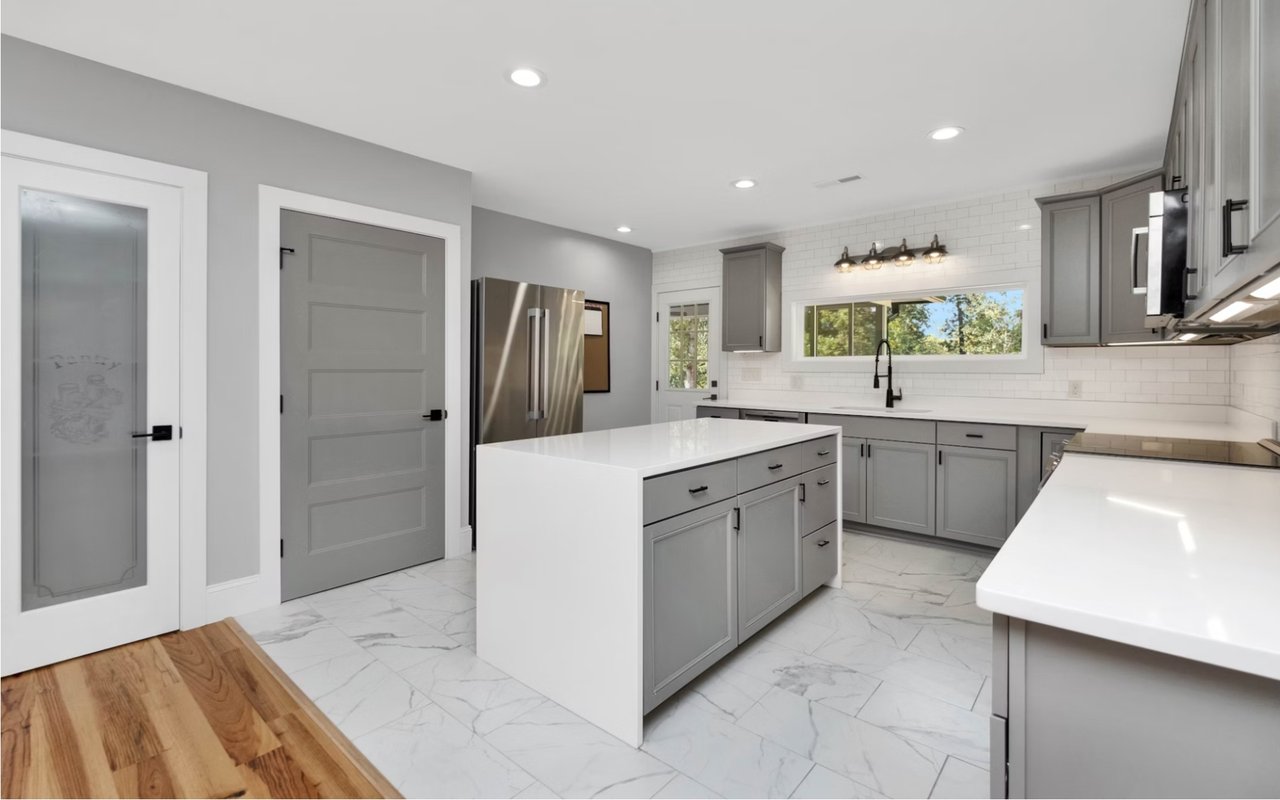Fullerton, CA, is a gem in Orange County with a charming downtown, a thriving arts scene, and proximity to some of Southern California’s most renowned destinations. It’s a city where historic craftsman bungalows converge with modern architectural gems and where a short drive takes you to the beach, the mountains, or Los Angeles’ endless offerings. For buyers looking to expand their real estate footprint here, two distinct paths often come into focus: purchasing a second home or acquiring an investment property.
At first glance, these options might seem similar, as they both involve buying real estate beyond your primary residence. However, the motivations, implications, financing, and daily realities differ dramatically. Choosing between them is about which path aligns with your lifestyle, financial goals, and long-term plans. This guide will take a deep dive into what separates these two types of purchases, giving you the insights you need to make a confident decision.
What is a Second Home?
The key distinction is that you personally use the home for a significant portion of the year. While you may choose to rent it out on occasion — perhaps for short-term stays while you travel — the property’s primary purpose is personal use.
Defining an Investment Property
In Fullerton, investment properties can range from single-family homes to duplexes or triplexes. Your priorities shift from personal enjoyment to occupancy rates, rental yields, and overall return on investment.
Financing Differences
Investment properties, however, are viewed as higher-risk. They require more significant down payments (20–30% is common) and carry higher interest rates. Lenders may also ask for proof of additional reserves to cover mortgage payments in the event of vacancies. In Fullerton’s competitive real estate market, presenting strong financials can be key to securing the property you are striving for.
Getting approved for either type of property requires more thorough vetting than a primary residence entails. For second homes, lenders often want proof that you can comfortably afford two mortgages. Investment property loans usually come with more stringent requirements. Lenders may analyze projected rental income, request a market rent survey, and require a higher credit score and cash reserves.
Personal Use And Lifestyle Differences
One of the most immediate differences comes down to how you experience the property. A second home in Fullerton is about lifestyle. It’s a retreat where you can enjoy sunny afternoons on a private patio, visit the Muckenthaler Cultural Center for an evening performance, or host brunch before a day trip to Newport Beach.
On the flip side, an investment property is about optimization. You’ll view it through the lens of rental potential, tenant turnover, and market demand. While you could stay there on occasion, your personal use is limited by tax and rental agreements, and every decision is measured against its effect on profitability.
Risk And Maintenance Factors
Investment properties, on the other hand, experience consistent use from tenants, which means more wear and tear over time. You’ll need to budget for repairs, repainting, appliance replacement, and routine upgrades to keep the property competitive in the rental market. The reward is that these expenses can often be offset by rental income.
Long-Term Financial Goals
Some buyers in Fullerton strategically combine the two approaches — buying a property to use as a second home for several years and then converting it into a rental as their needs change. This approach can provide more flexibility but requires careful planning to navigate tax needs and financing transitions.
Making The Right Choice
With expert guidance and a clear understanding of the differences, you can invest in a property that delivers value for years to come. Reach out to Home Ready Team if you’re ready to explore your options in Fullerton real estate.

